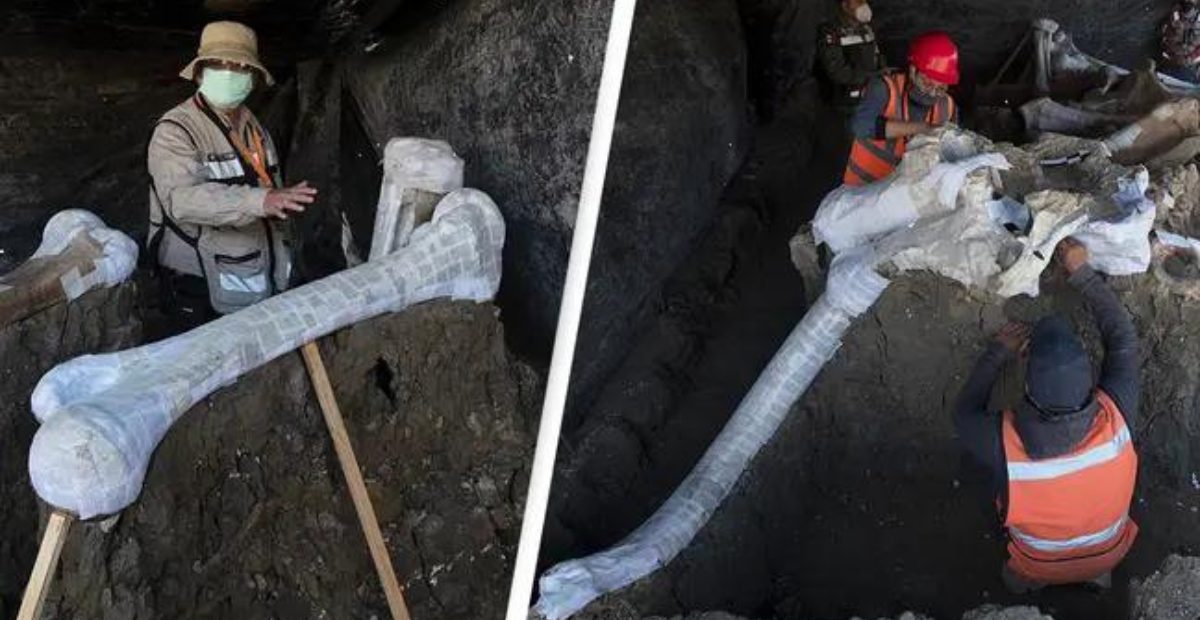
Hundreds of mammoth skeletons have been found buried under an airport construction site in what’s thought to be the largest collection of mammoth bones ever found.
Two hundred bones have so far been unearthed at the site located north of Mexico City, with many more waiting to be dug up.
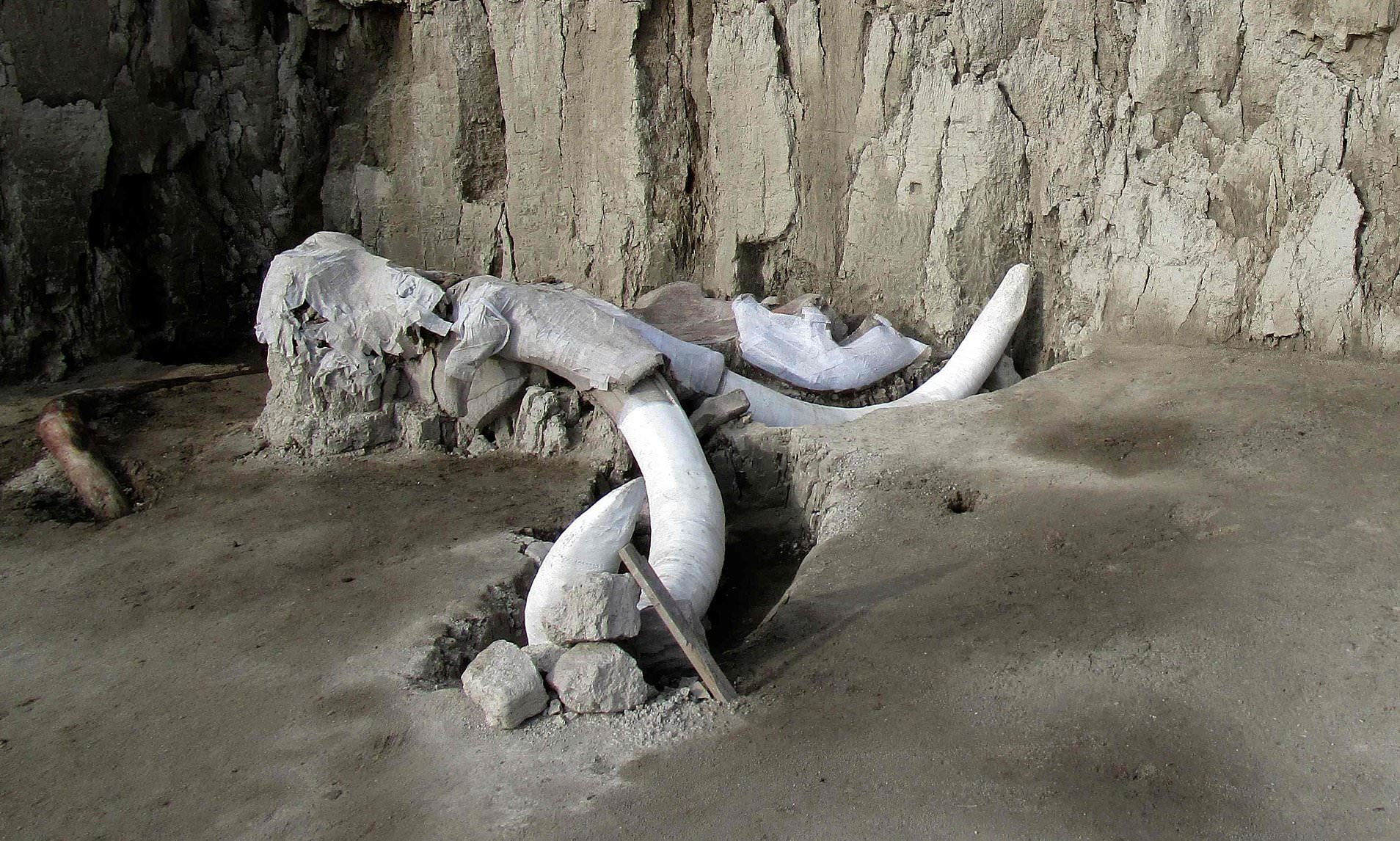
There is hope that the discovery of the bones will offer new insight into how and why the large animals went extinction thousands of years ago.
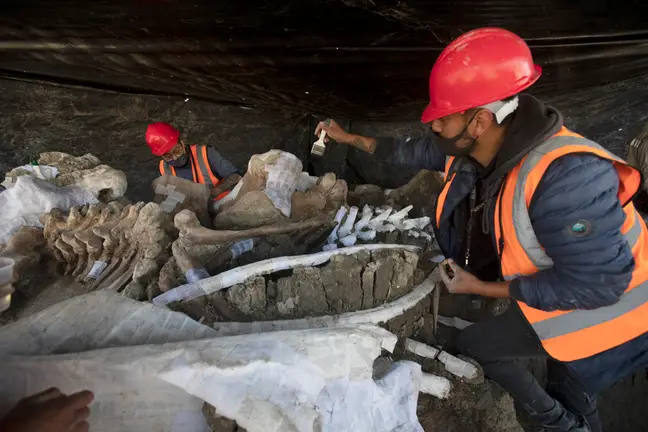
The ‘traps’ are pits around six feet (1.70 meters) deep and 25 yards (meters) in diameter, and it’s thought humans chased the large animals into the traps. The pits were found following routine excavations to clear land for the Felipe Ángeles International Airport construction site.

At the time of discovery, at least 14 Colombian mammoths bones were found around 12 miles away from where the airport is being built, reported Business Insider. This type of mammoth arrived in North America one million years ago and often lived up to 70, or even 80 years old.
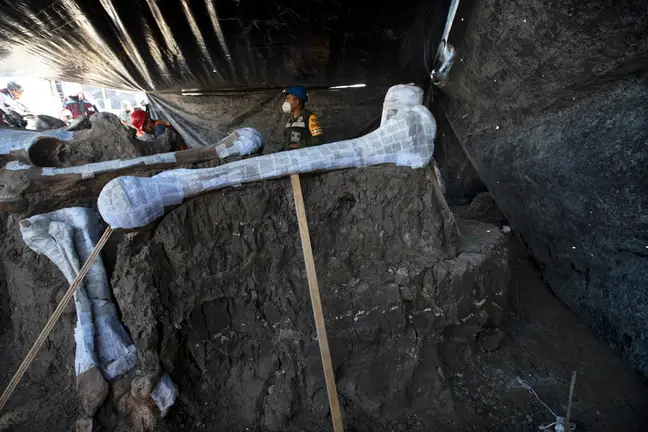
Pedro Sánchez Nava, of the National Insтιтute of Anthropology and History explained how the mammoths may have ended up in the pits. He said, ‘It’s possible they may have chased them into the mud.
They [ancient humans] had a very structured and organised division of labour [for getting mammoth meat].’Sánchez Nava added that it was thought our ancestors used to have mammoth meat on their menus sporadically, but from the discovery of so many skeletons, mammoths may have been part of their daily diet.
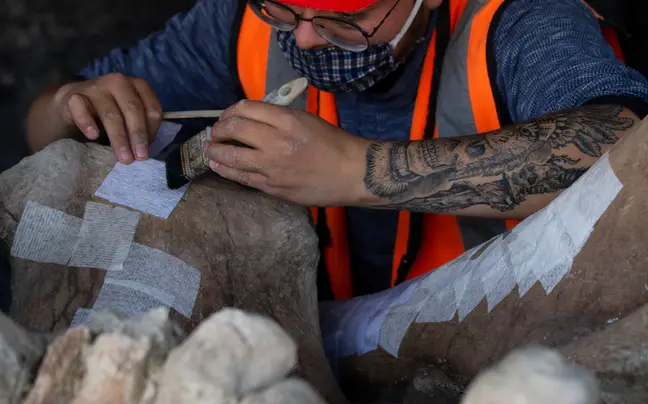
With the animals standing at a whopping 14 feet tall, it’s crazy to think humans stood a chance next to them.PA
Traditionally, mammoths are known for their hairy bodies, but it’s thought the Colombian mammoths didn’t actually have that much as a way of adapting to North America’s warmer climate.In regards to their extinction, many paleontologists think prehistoric human hunters played a major role; something that they’re hoping to learn more about by studying the bones at the Mexican airport site.





